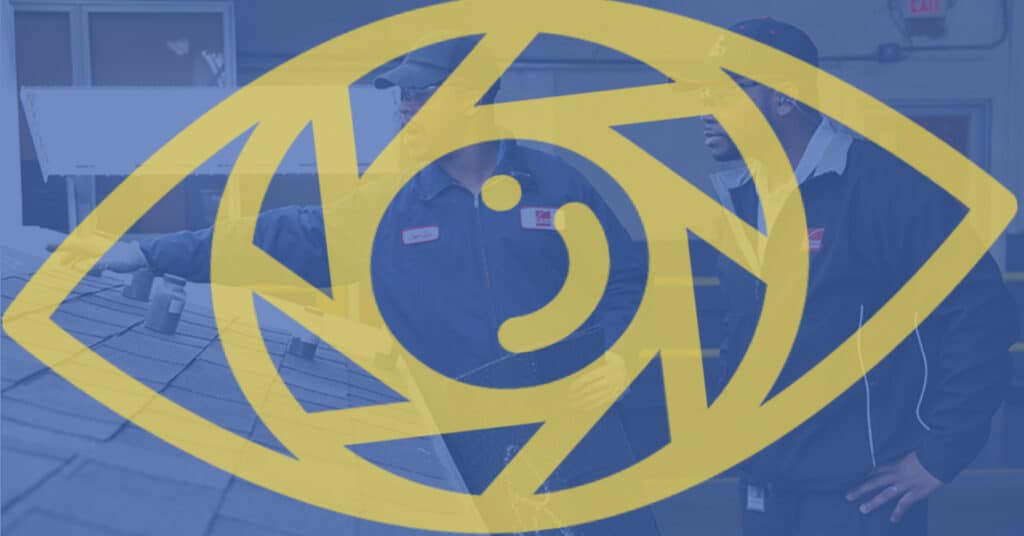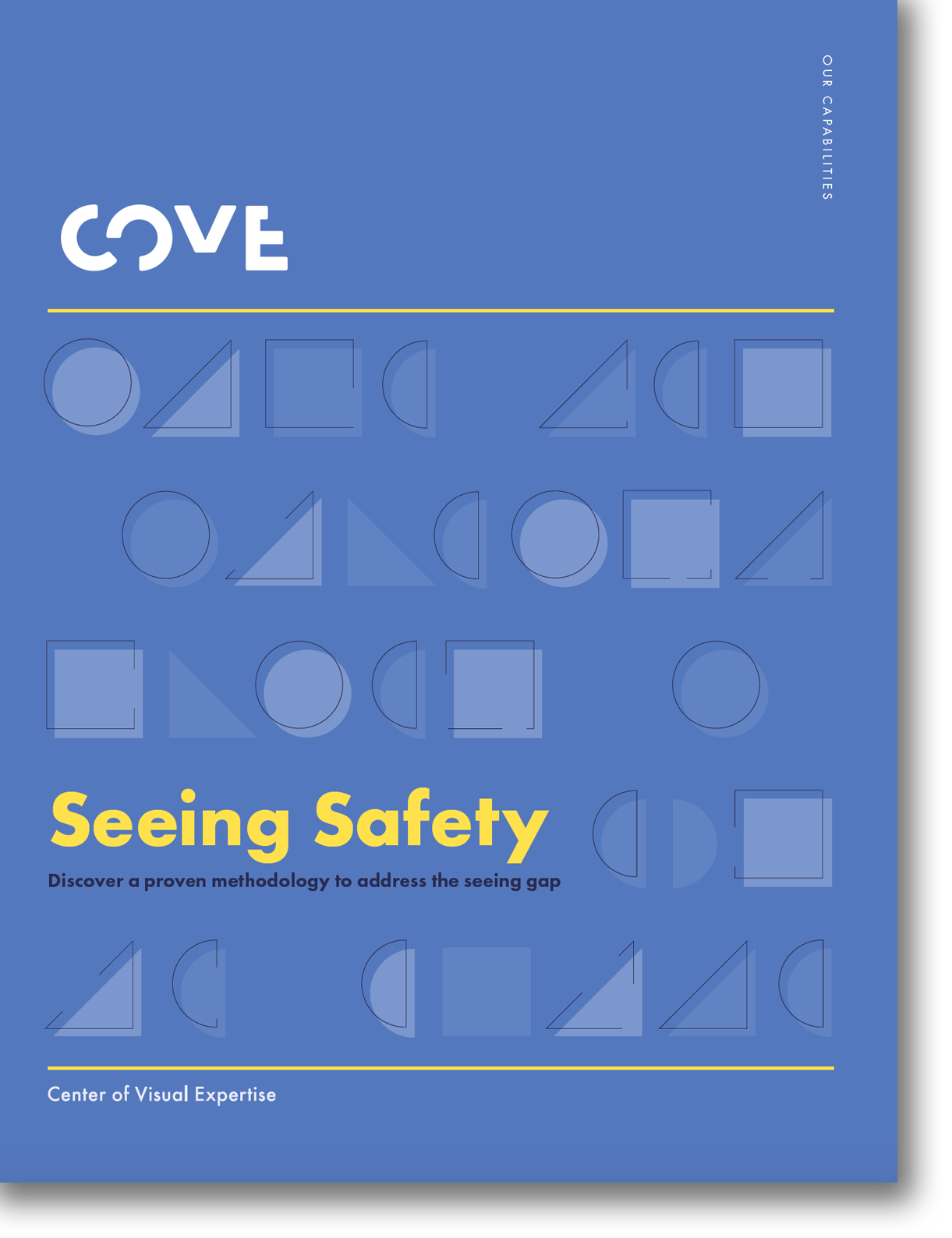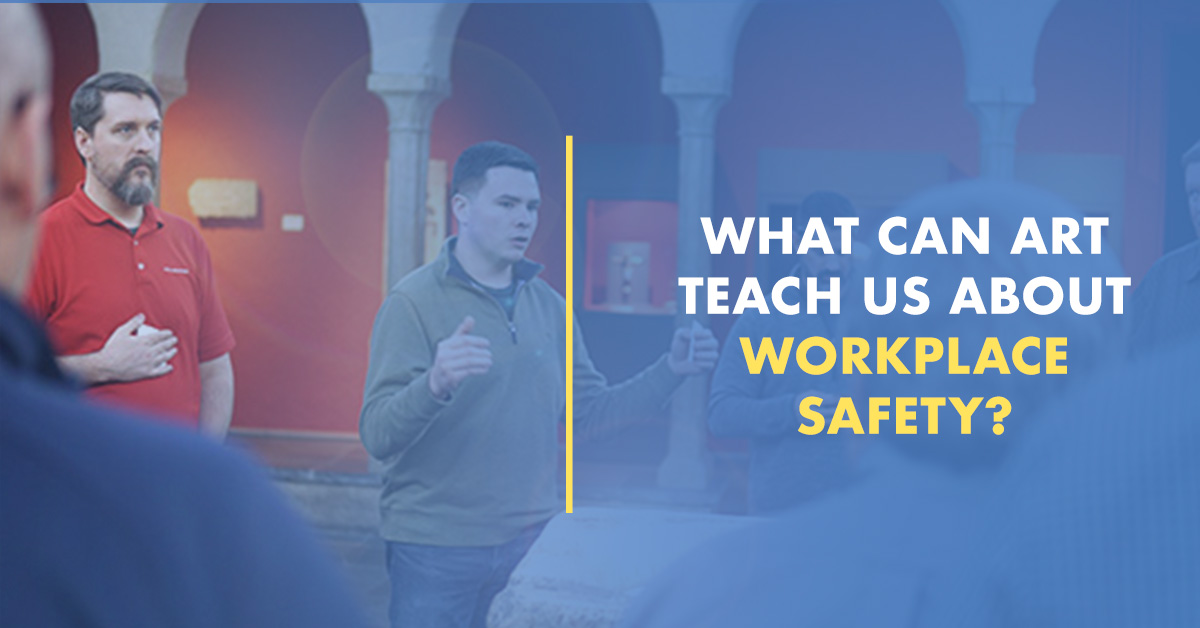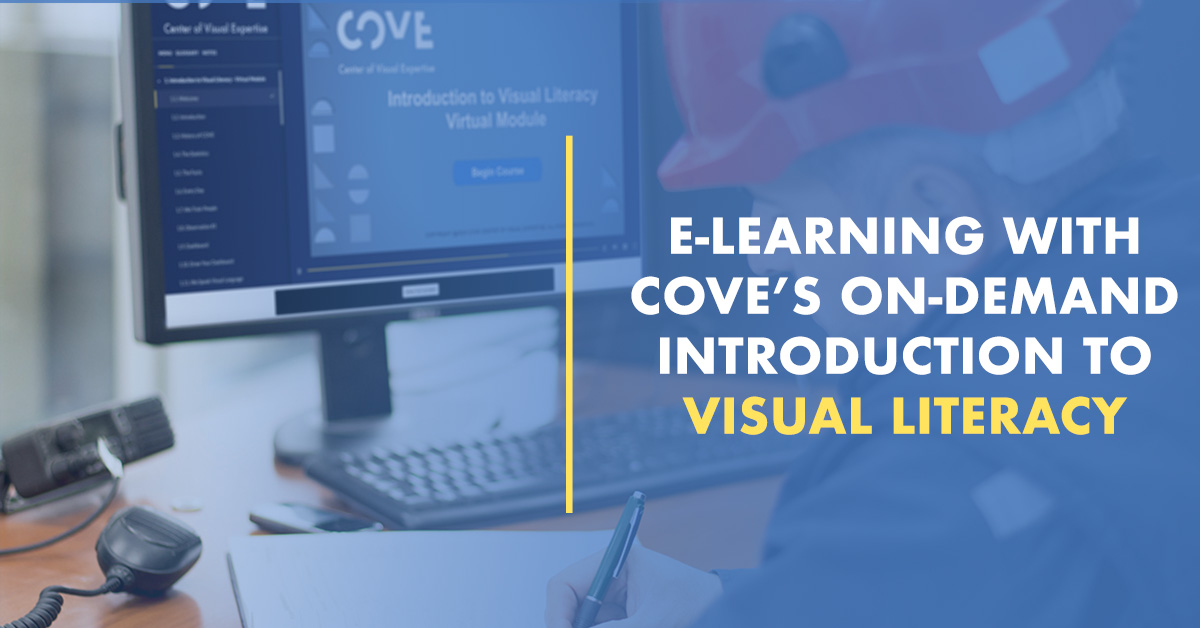Are you aware of the role seeing plays in safety performance?
Our work in recent years has shown us that a failure to see effectively plays a significant role in several critical safety activities. Seeing fully, and properly diagnosing the picture in front of you, is central to safety performance. We have identified seeing problems in a number of areas:
- Failure to recognize potential hazards
- Poor pre-job safety analysis
- Inadequate incident investigation
- Lack of process understanding
- Weak signal recognition
- Behavioral and decision-making bias
Perhaps of greater concern still is the fact that very few organizations have a program in place to address these gaps — to teach their staff how to SEE the whole PICTURE® — to fully identify the risks in front of them, assess them effectively and take appropriate and timely action.
The Consequences of Not Seeing Risks
Research has shown we typically only see 10% of the visual data in front of us. It doesn’t matter if that data is a picture, words, numbers or a physical work environment with equipment, people and plant.
So, what about the other 90%? Our brain fills it in. How does our brain do this? It uses prior experience, assumption and biases, and that leads to:
- Insufficient and partial information
- Predetermined conclusions
- Failing to see alternative solutions
- Reinforcing status quo
- Risk tolerance and acceptance
- Inadequate action planning and intervention
Have you observed any of these factors at play in your safety programs, incidents, investigations, root cause analysis and action planning and tracking? You aren’t alone. These are endemic problems in the world of safety and it affects staff at every level, from the front-line operator to supervisor, maintenance manager, plant manager and safety executive all the way to the C-suite.
Inability to See the Entire Picture Impairs Us All
Our team of safety professionals, and the organizations we have partnered with, have seen this pattern time after time. The impact is significant, with a recurrent failure to identify risks, understand and address them.
So, we have developed a proven methodology that helps address the seeing gap and build practices and disciplines that mitigate the problem across your operations. In doing so we have seen measurable improvements in safety performance leading indicators.
Do these problems seem familiar to you?
Find out more about this leading edge and innovative approach to a fundamental safety problem. Contact our team, schedule an overview or attend one of our upcoming workshops.





